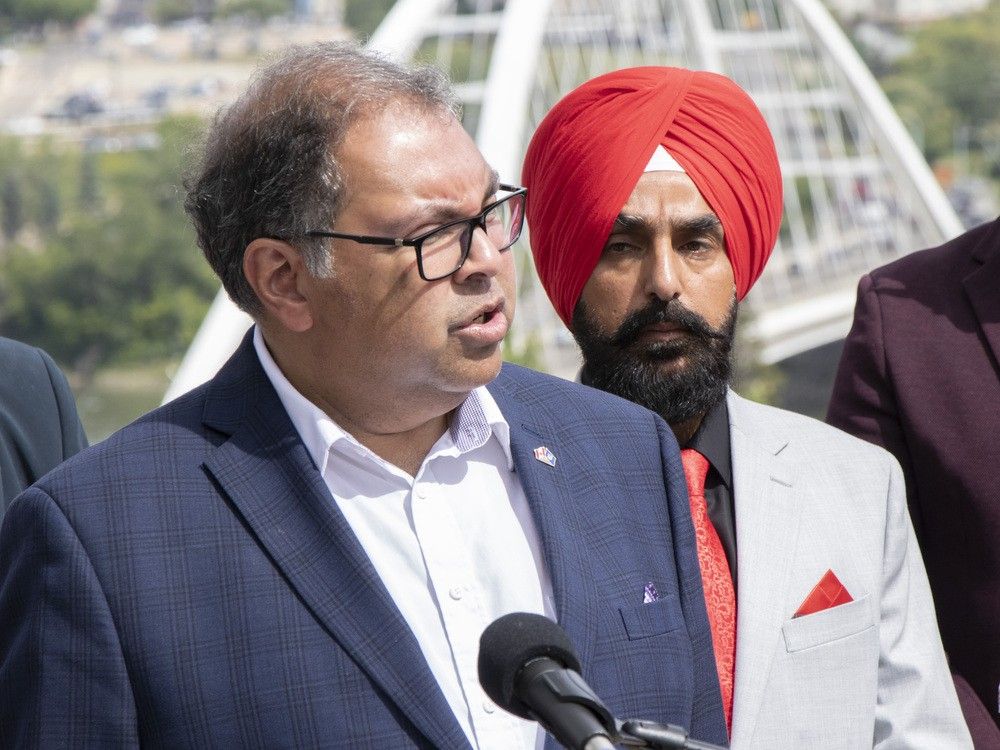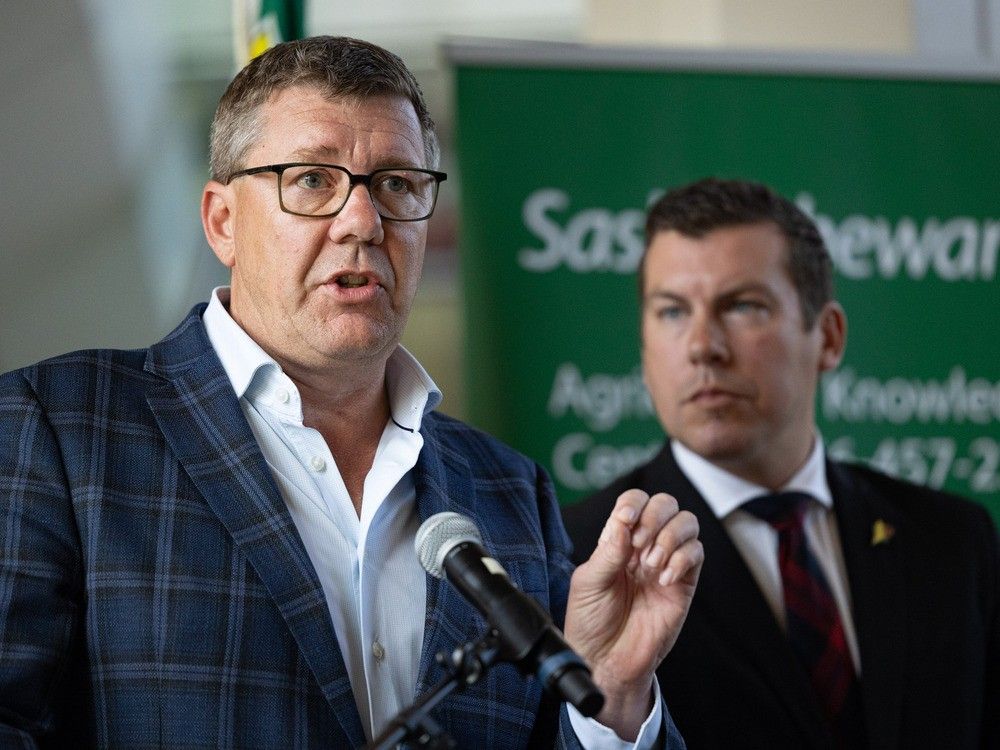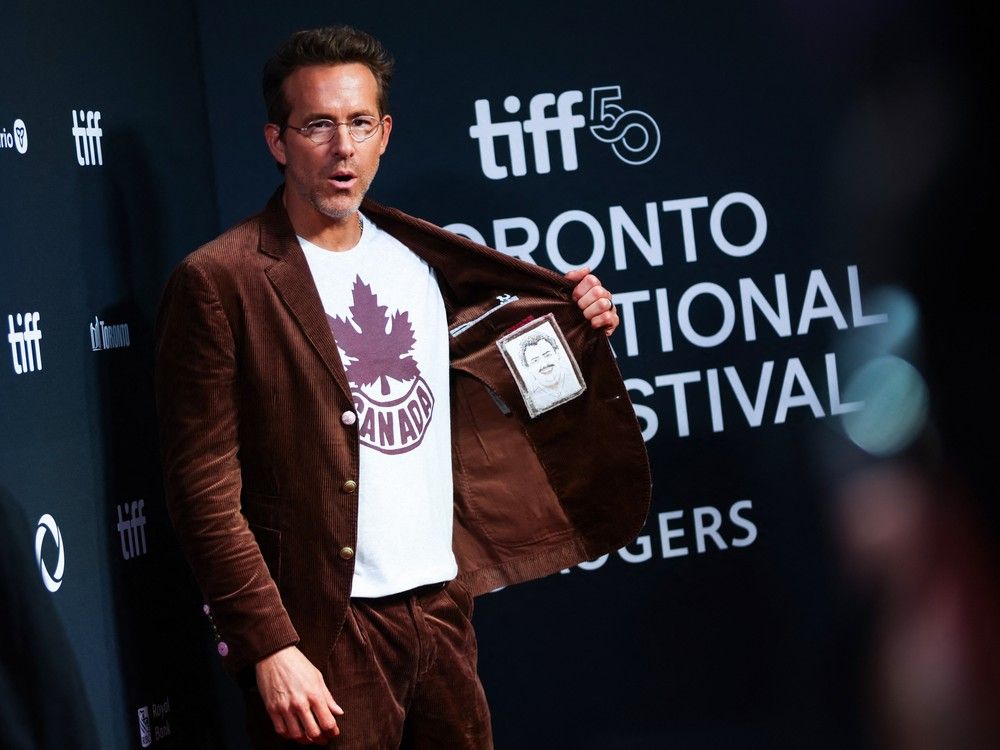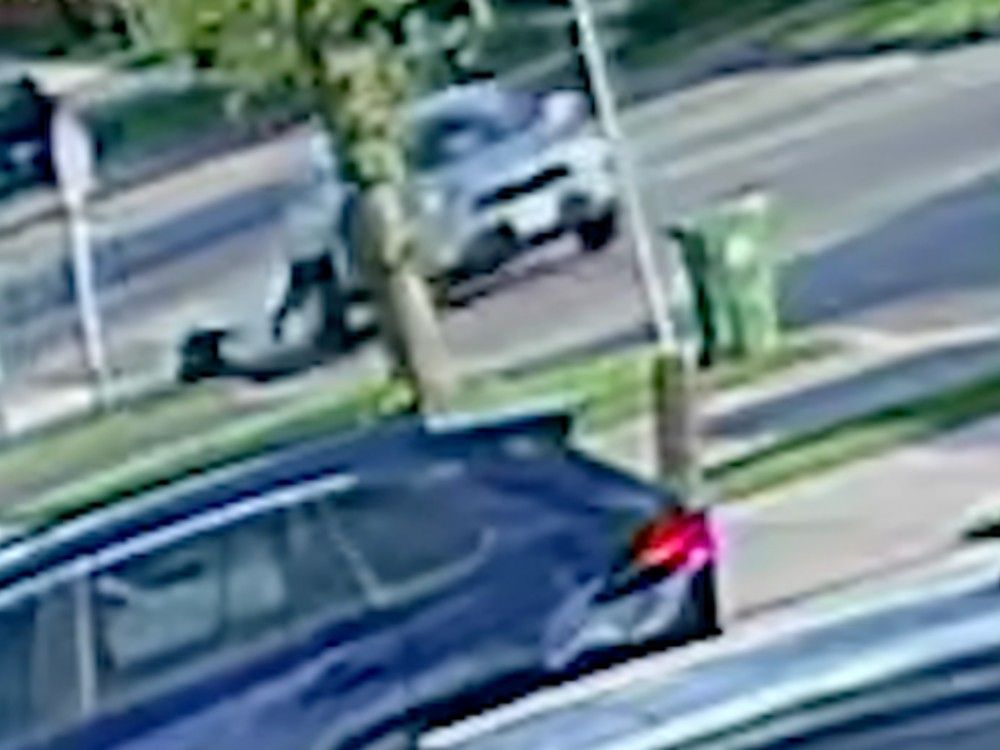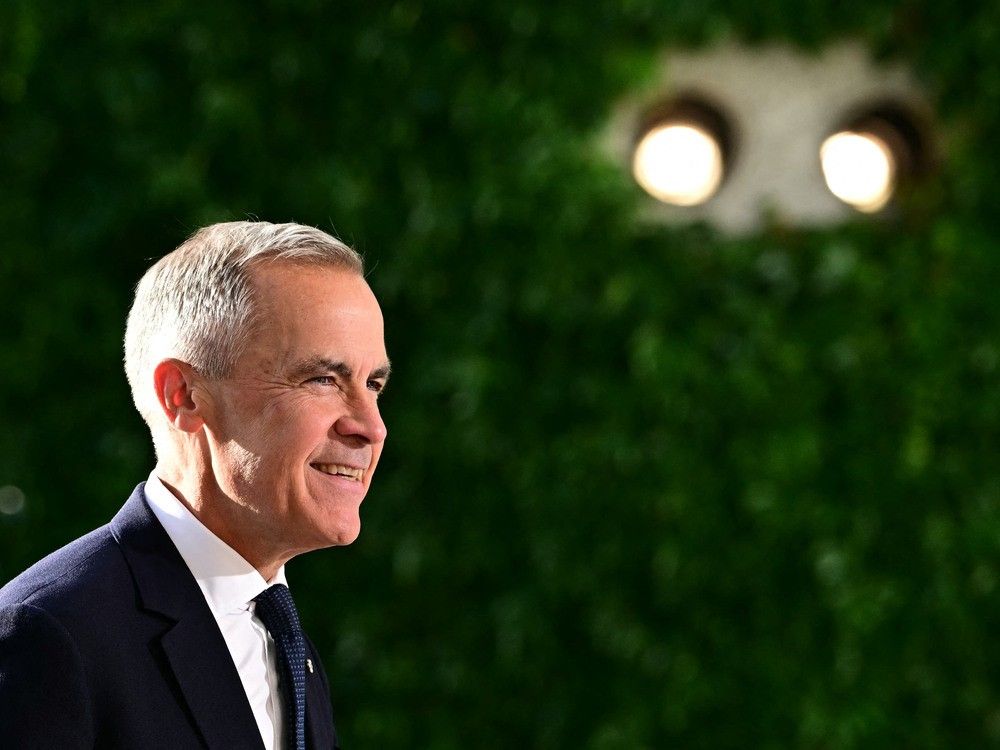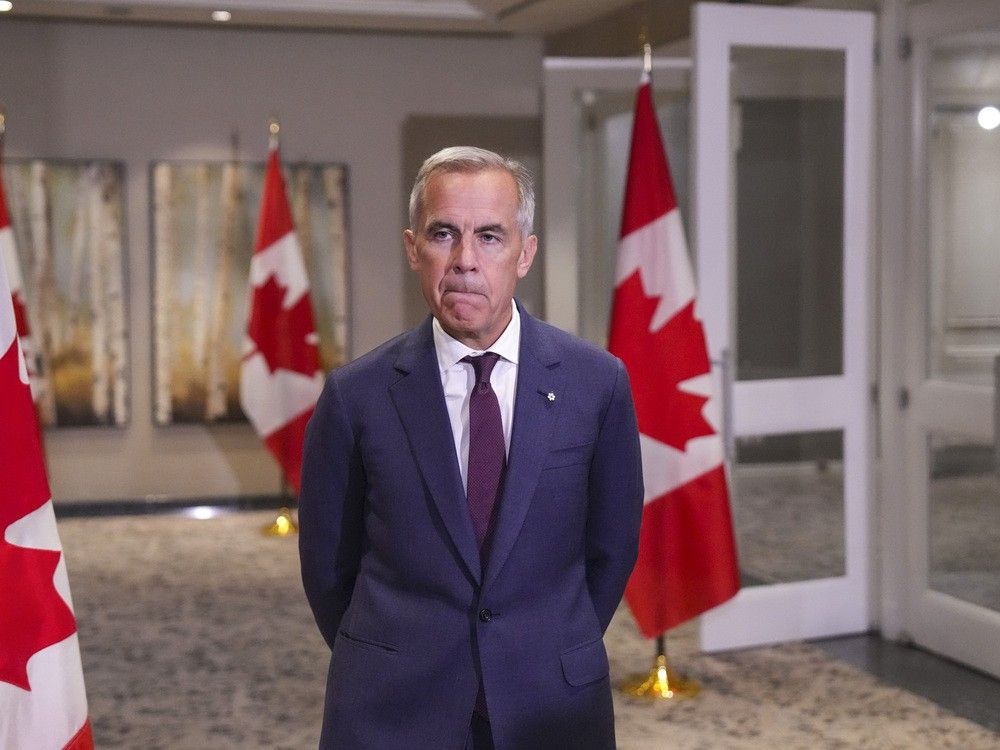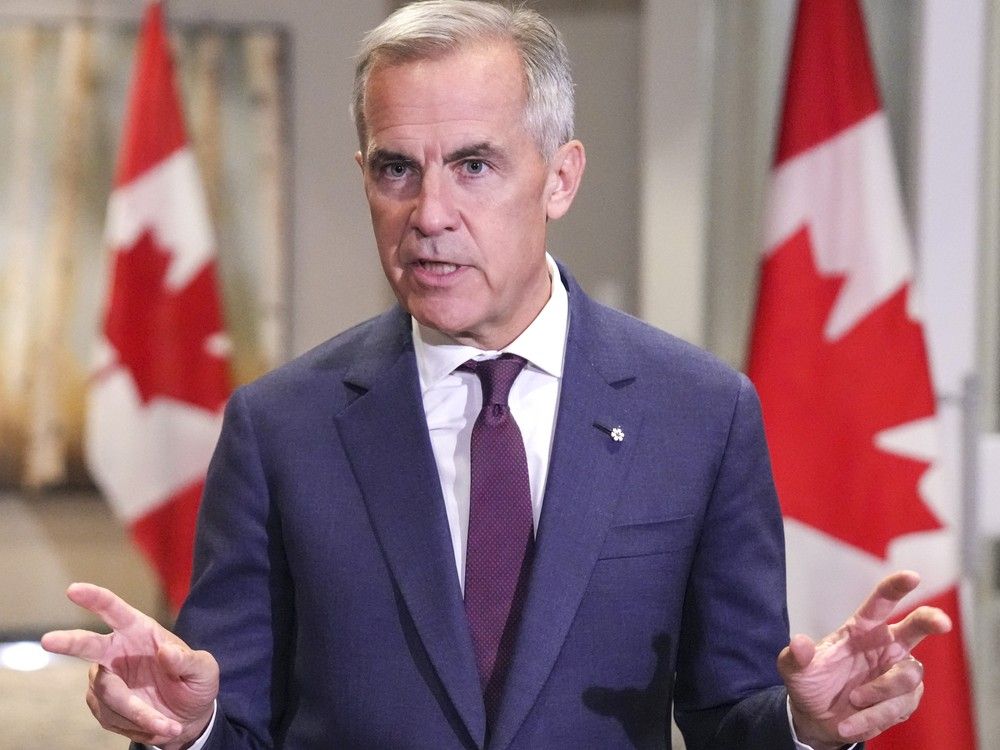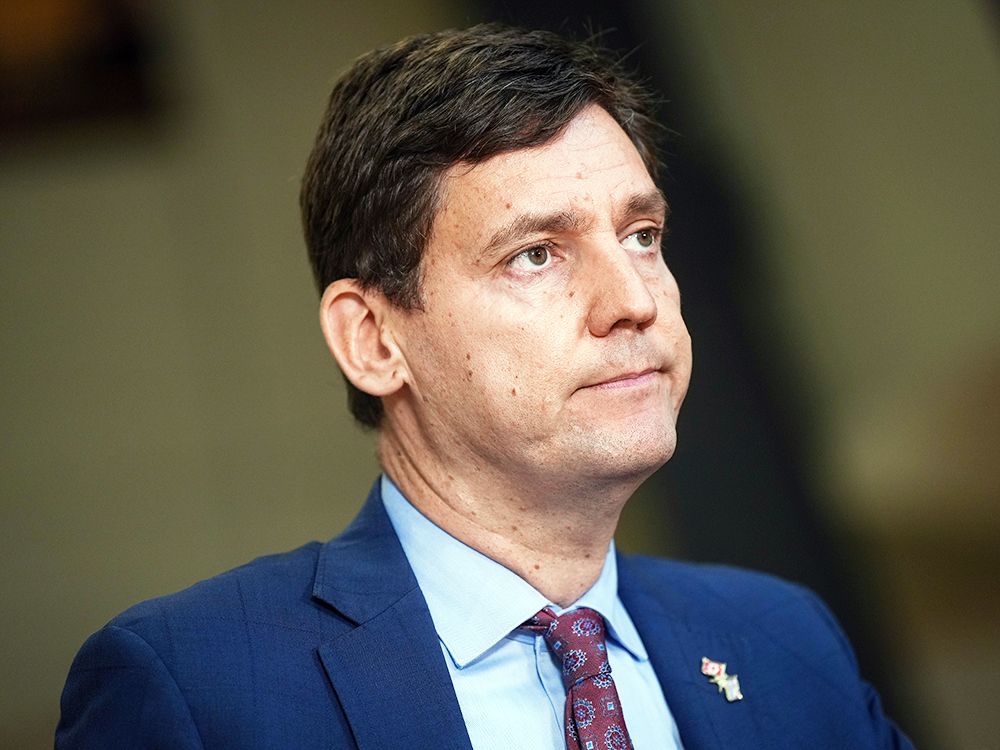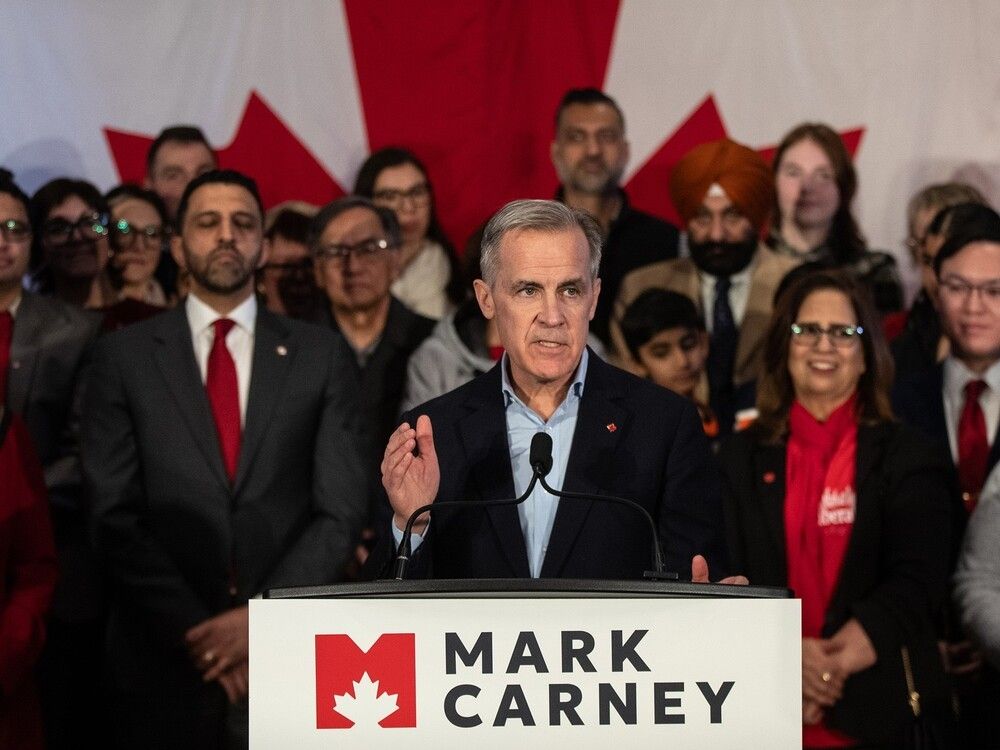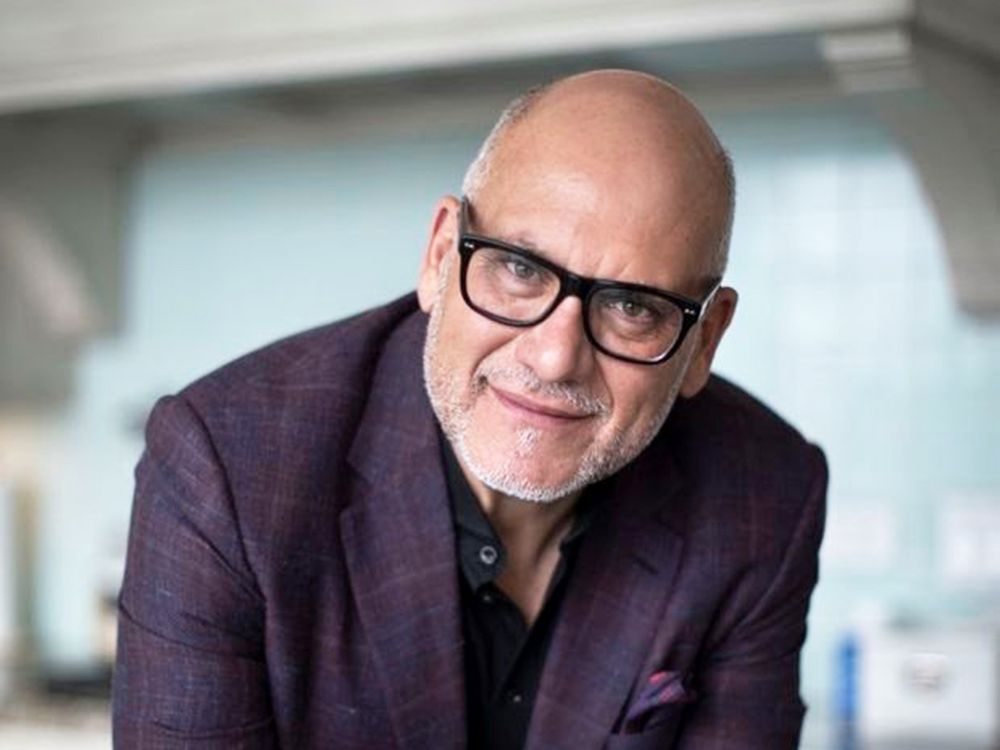
A Kanata doctor who “
admits that she engaged in sexual abuse” of
one male patient and “engaged in disgraceful, dishonourable or unprofessional conduct” with two others she professed her love for in writing, has been suspended.
The Ontario Physicians and Surgeons Discipline Tribunal suspended Dr. Suman Khulbe’s certificate of registration, her authority to practice medicine in the province, after 15 days of hearings.
“Dr. Khulbe did not see her patients as patients. She saw them as her friends, her social life, her athletic life and her business partners,” the five-person panel concluded in a recent decision.
The College of Physicians and Surgeons of Ontario has “a zero tolerance policy when it comes to sexual contact between a doctor and a patient — even when that contact would otherwise be considered consensual,” according to the regulator’s website, which notes any sexual contact between a physician and their patient has been legally considered sexual abuse in Ontario for more than three decades.
Khulbe “had a sexual relationship with one patient and deep personal relationships with others. She had business relationships with two of these patients,” said the decision.
Khulbe said in an interview Wednesday that she plans to appeal the outcome.
“I can’t retract what I said on the record,” she said. “I only followed the advice of my lawyers.”
In a follow-up email, Khulbe wrote: “
Many facts of my case were omitted and not brought out during the public hearing.
Attending this contested hearing came at considerable financial and personal sacrifice to both me and my parents in order for my voice to be heard.”
The tribunal heard the doctor injected her patients and herself with a substance known as procaine, a local anesthetic commonly used in dental procedures. It also reduces the pain of intramuscular injections.
“Dr. Khulbe hosted social gatherings with her patients at her clinic where alcohol was consumed and procaine was administered,” said the decision. “She administered procaine to herself and others both inside and outside of her clinic.”
Khulbe started practicing as a family physician in 2001, said the decision, dated Aug. 22.
She bought a house in Kanata to use as a private clinic, it said.
An athlete all her life, Khulbe joined a local CrossFit gym in 2015.
One of her trainers at the gym, described in the decision as Patient A, was “an incredible athlete,” according to Khulbe.
“Patient A went to Dr. Khulbe’s clinic for the first time in December 2016 and remained a patient until August 2019,” said the decision.
He initially saw her for vitamin therapy. While he was never charged for that, the discipline tribunal heard she gave him a cocktail of vitamins and minerals “every week or two to assist with his athletic recovery.”
In 2017, Khulbe started treating him for back and shoulder pain, and possible pneumonia. In January 2018, she ordered blood work for him and an ultrasound of his thyroid.
When she referred him to a thyroid specialist, the specialist “found Patient A was asymptomatic and did not need thyroid treatment. Dr. Khulbe prescribed thyroid medication on May 4, 2018, and renewed that medication in May 2019. She ordered another ultrasound of the thyroid and more blood work in 2019.”
She billed the Ontario Health Insurance Plan twice for his treatment.
“Patient A testified that in the spring of 2018, Dr. Khulbe introduced him to procaine. At the beginning, it was part of the vitamin injections and in May 2018 it became its own injection with increasing doses.”
The tribunal heard the shots can cause “agitation, nervousness and euphoria.”
In May 2018, Khulbe “started to perform deep tissue physical therapy on him with his clothes on,” Patient A testified.
“Later, it progressed to physical therapy with his boxers on and then no clothing. Patient A testified Dr. Khulbe told him he had a blockage around his groin. Dr. Khulbe would do breathing exercises while she had her hands on his genitals. In the summer of 2018, the treatments progressed to manual stimulation of his penis and a prostate massage. During the treatments, Dr. Khulbe spoke of spiritual principles and breathwork and started to ask Patient A personal questions about his life and marriage.”
Toward the end of that summer, he testified, “they began spending time outside of the treatment room.”
Patient A “said they kissed upstairs in the bedroom (above the clinic) and after that, the sexual acts accelerated. The sexual acts included Dr. Khulbe performing oral sex on Patient A approximately 15 times, kissing and manual stimulation. Some of these acts occurred in the treatment room and some in other parts of the house. Patient A said that by the winter of 2019, he was engaging in manual stimulation of Dr. Khulbe’s vagina.”
Patient A “testified that he was under the influence of procaine when the sexual acts took place,” said the decision. “After the relationship ended, he came to believe that he had been groomed, drugged and abused by Dr. Khulbe.”
While she disputed when the relationship began, “Khulbe admits that she and Patient A engaged in sexual acts that included kissing, masturbation, fellatio and erotic prostate massage. She denies that Patient A performed sexual acts on her,” said the decision. “She disputes Patient A’s evidence that she groomed and drugged him during the sexual acts.”
The discipline tribunal was not convinced of the grooming accusation. “While it is clear that Dr. Khulbe is a physician without boundaries, we are not satisfied that she acted with such premeditation.”
Patient A “was vulnerable simply because of the inherent power imbalance between any physician and patient,” said the decision.
Khulbe testified that “she never injected pure procaine on its own,” said the decision. “She used the word ‘procaine’ to refer to her vitamin shots because it was a cool name — it rhymed with cocaine and connoted high energy.”
The discipline tribunal found Khulbe’s claim “that she did not inject procaine into patients and others is not credible,” said the decision, which noted she mentioned giving procaine shots to patients in emails, texts and an electronic medical record.
Khulbe denied she used procaine on herself, but the tribunal heard she “used procaine prolifically.”
The tribunal found “Khulbe engaged in disgraceful, dishonourable and unprofessional conduct when she hosted social gatherings at her clinic with patients during which alcohol was served and procaine administered.”
In 2018, Khulbe “gave up family practice entirely and created an ‘executive practice’ where patients receive a holistic approach to healthcare which includes a focus on sleep, nutrition, exercise, baseline hormone therapy and vitamins,” said the decision.
That same year, Khulbe and Patient A talked about “embarking on a joint business venture that would focus on sports recovery and would include medical and fitness components.”
She paid for their trip to a health and wellness conference that spring, said the decision.
“Patient A described the joint venture as a recovery clinic to provide top-of-the-line treatments to athletes,” said the decision, noting she taught him how to draw up vitamin shots.
Khulbe, who is Hindu, testified “she was raised in an Indian home with traditional values” and lived with her parents at the time. “Dr. Khulbe testified Patient A was the first person that she had had an intimate relationship with.”
Patient B became Khulbe’s patient in 2015, said the decision.
“Dr. Khulbe provided him with extensive treatment, including testosterone therapy, (platelet-rich plasma) shots into his joints and penis, bloodwork, prescriptions and vitamin therapy.
Patient C became Khulbe’s patient in 2014.
“Dr. Khulbe provided extensive treatment, including testosterone therapy, (platelet-rich plasma) shots, cortisone shots, bloodwork, prescriptions, vitamin therapy and referrals to specialists,” said the decision.
According to the decision, “there are extensive records of digital communications between Dr. Khulbe and Patients B and C which establish her boundary crossings with these patients.”
In their correspondence, “Dr. Khulbe refers to Patient B as an angel, her protector, her special guide, her bodyguard, and her Godfather. She told Patient B that she loved him and continued to treat him despite acknowledging in a text message in June 2016 that their doctor-patient relationship had ended.”
Khulbe “expressed a strong emotional attachment to” Patient C in her emails, said the decision.
“In one email Dr. Khulbe states, ‘this is not an email I would send to a normal everyday patient. But to a friend. If I have made a mistake on this relation, you can ‘get off my cloud’ and ‘run like hell.’ You will not hear from me again.”
About a month later, Dr. Khulbe sent Patient C “another long, emotional email, including the statement, ‘loved you so much that I was so scared that I was getting too close to you,’” said the decision.
Khulbe “admits that she engaged in disgraceful, dishonourable or unprofessional conduct in her communications and conduct with Patients B and C,” said the decision. “The sheer volume of communications between these patients is inappropriate and unprofessional in and of itself. The contents further demonstrate many instances of serious boundary violations.”
Patient B is a senior director of a real estate property management company, said the decision.
He testified that he helped Khulbe “out with her real estate dealings, renovations at her home, and her rental properties,” it said.
“He described one time when he borrowed a truck from a friend to clean out one of Dr. Khulbe’s rental units that had been left in a terrible condition by a tenant. He even went to court on Dr. Khulbe’s behalf.”
Khulbe “entered into business relationships with her patients without considering the impact of those relationships on her doctor-patient relationships,” said the decision. “The business relationships with her patients are further examples of Dr. Khulbe’s lack of professional boundaries.”
Khulbe said her penalty hearing will take place Nov. 24.
“My licence will be revoked for five years, for sure,” she said.
Khulbe said she’ll also likely have to pay Patient A $17,500, and shell out about $140,000 to cover the tribunal’s costs.
Our website is the place for the latest breaking news, exclusive scoops, longreads and provocative commentary. Please bookmark nationalpost.com and sign up for our daily newsletter, Posted, here.
